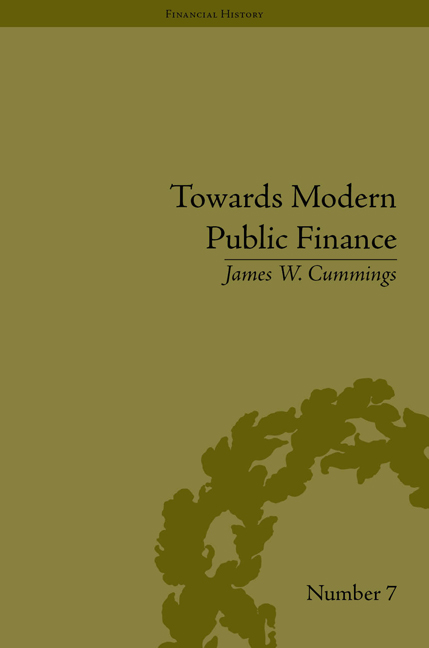Book contents
- Frontmatter
- CONTENTS
- List of Tables
- Introduction
- 1 Financial and Economic Background
- 2 Ideology, Revenue and Financial System
- 3 The Loan of 1846
- 4 The Loan of 1847
- 5 Mexico's Finances
- 6 Making War Pay: The Mexican Assessments
- 7 The Independent Treasury at War
- 8 The Loan of 1848
- 9 Mexican Indemnity and Bounty Land
- Conclusion
- Notes
- Works Cited
- Index
7 - The Independent Treasury at War
- Frontmatter
- CONTENTS
- List of Tables
- Introduction
- 1 Financial and Economic Background
- 2 Ideology, Revenue and Financial System
- 3 The Loan of 1846
- 4 The Loan of 1847
- 5 Mexico's Finances
- 6 Making War Pay: The Mexican Assessments
- 7 The Independent Treasury at War
- 8 The Loan of 1848
- 9 Mexican Indemnity and Bounty Land
- Conclusion
- Notes
- Works Cited
- Index
Summary
Neither Polk nor Walker flinched from implementing the new financial system in the midst of war. They were confident it would survive, prosper and prove its worth under this stress. To the astonishment of its critics, the organization performed adequately in receiving, safeguarding, paying out and transferring the government's money. By a variety of means funds were made available where the military needed it. The government received gold and silver for its treasury notes and bonds without unduly disrupting the money market. Unlike the War of 1812 and the Civil War, both the government and banks remained on the gold standard. Prices rose and fell, mostly because of conditions in Europe, but the nation avoided runaway inflation. The private sector remained healthy and prosperous throughout the war.
For an organization that raised so much passion and controversy, the Independent Treasury was physically small. At its inception, it consisted of fourteen full-time employees, the assistant treasurers in New York, Boston, Charleston and St Louis and ten clerks. The treasurers of the Philadelphia mint and of the branch mint in New Orleans were also designated assistant treasurers. The two mint treasurers received an additional $500 a year as compensation for their increased duties. The assistant treasurer in New York received a salary of $4,000 per annum and the other three $2,500 each. The Treasurer of the United States in Washington operated the seventh large depository and assumed executive responsibility, but without additional compensation. The ten clerks were apportioned one each to Boston, Philadelphia, Washington, Charleston, New Orleans and St Louis and four to the most important office, New York City.
The enabling legislation made the system nationwide by assigning Independent Treasury duties to all collectors of customs, receivers of public money at the land offices, postmasters and other federal offi cers who were empowered to receive public dues. The Independent Treasury and its officials assumed responsibility for receiving (but not collecting), safeguarding, disbursing and transferring government funds. In the larger offices the duties were separated. In the smaller ones the collector or receiver likely performed all functions.
- Type
- Chapter
- Information
- Towards Modern Public FinanceThe American War with Mexico, 1846–1848, pp. 113 - 128Publisher: Pickering & ChattoFirst published in: 2014

